In the mysterious world of predator-prey relationships, snakes have evolved fascinating hunting strategies that continue to surprise researchers. While many predators select their meals based on size—targeting prey they can reasonably overcome and consume—certain snake species have developed a more unusual approach. These remarkable reptiles rely primarily on thermal cues rather than visual size assessment when hunting. This temperature-based prey selection offers significant evolutionary advantages in various habitats and hunting conditions, particularly for species that hunt in low light or depend on ambush tactics. From pit vipers with their specialized heat-sensing organs to pythons that can detect minute temperature variations, this thermal hunting strategy represents one of nature’s most sophisticated adaptations, allowing these predators to thrive in complex environments where visual cues alone might prove insufficient.
The Thermal Arsenal: How Snakes Detect Temperature
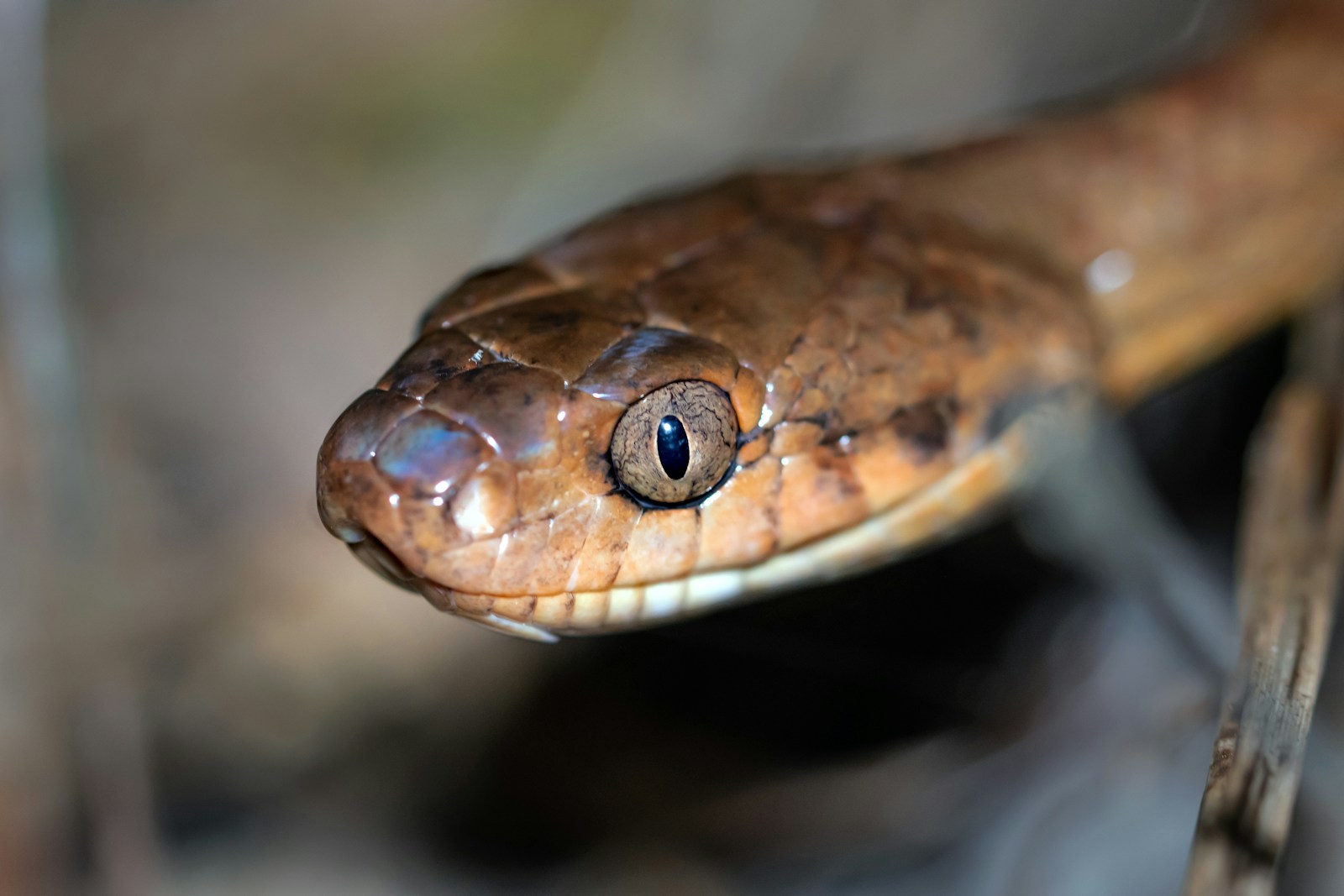
Snakes possess some of the most specialized temperature-sensing equipment in the animal kingdom, allowing them to detect prey through thermal radiation rather than visual identification. Pit vipers, including rattlesnakes, copperheads, and cottonmouths, have evolved specialized heat-sensing pits located between their eyes and nostrils that act essentially as infrared cameras. These organs can detect temperature differences as small as 0.003°C, providing these predators with remarkable precision in locating warm-blooded prey. Pythons and boas possess similar thermal sensors along their lips, though slightly less sensitive than the dedicated pit organs of vipers. This thermal detection system works in parallel with the snake’s other senses, creating a multidimensional awareness of their environment that guides hunting decisions beyond what their eyes alone could provide.
The Evolutionary Advantage of Thermal Hunting
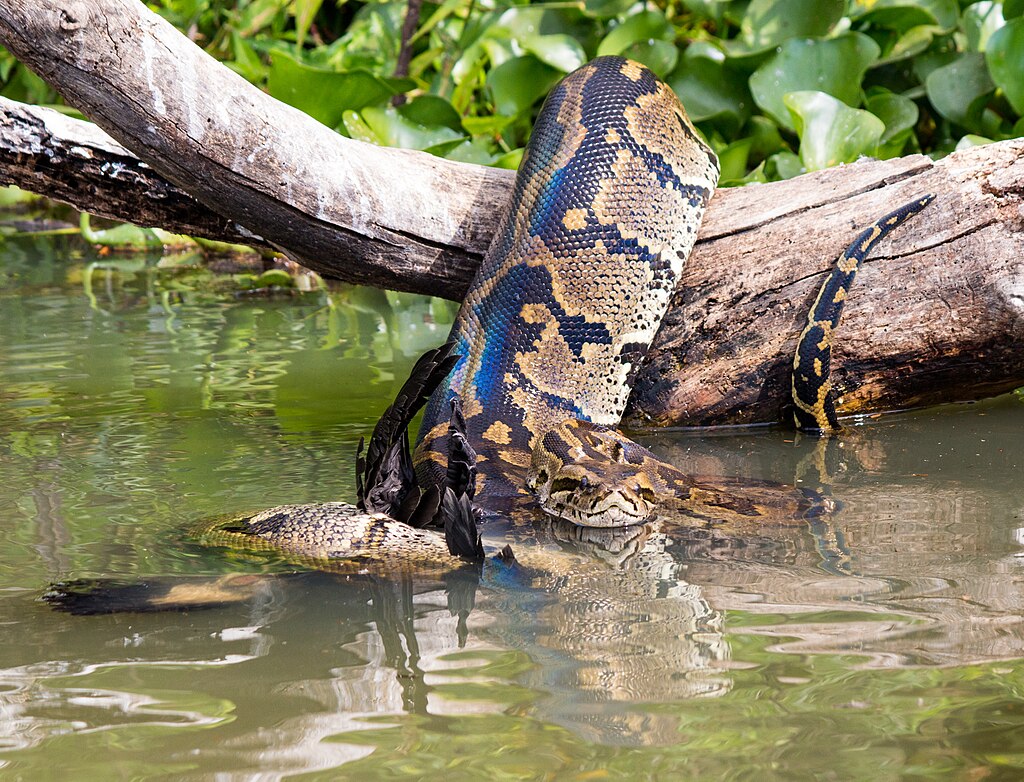
Temperature-based prey selection offers significant evolutionary advantages, particularly for nocturnal hunters operating in low-light conditions. When visual information is limited, the ability to detect the heat signature of mammals and birds allows snakes to locate prey that would otherwise remain hidden in darkness. This adaptation proves especially valuable in cluttered environments like forest floors, where fallen leaves and vegetation might conceal potential meals from sight. Furthermore, thermal sensing enables ambush predators to remain perfectly still while monitoring their surroundings for approaching warm-blooded creatures. The evolutionary development of this specialized hunting method has enabled certain snake species to exploit ecological niches unavailable to predators relying solely on visual cues, giving them access to food resources that might otherwise remain untapped.
Pit Vipers: Masters of Heat Detection
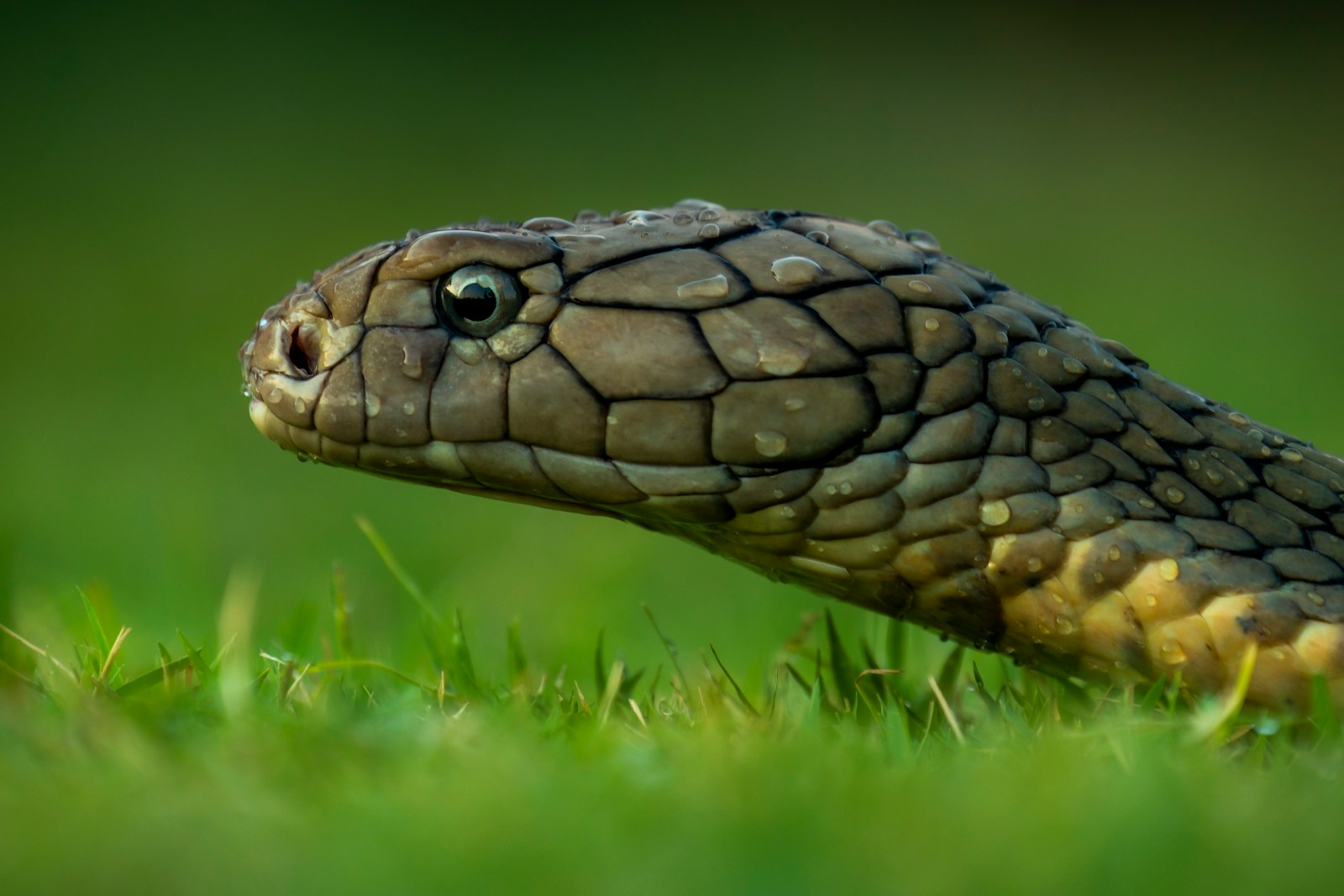
Pit vipers represent the pinnacle of thermal hunting adaptation with their highly specialized facial pits that function as sophisticated infrared detectors. These remarkable sensory organs consist of a membrane stretched across an air-filled cavity that responds to infrared radiation by detecting minute temperature changes. The information gathered through these pits travels via the trigeminal nerve directly to the snake’s brain, where it’s processed to create a thermal “image” of the surroundings. This thermal vision capability allows rattlesnakes, bushmasters, and other pit vipers to strike with astonishing precision even in complete darkness. Research has demonstrated that a rattlesnake can accurately target a mouse’s vital organs based solely on the animal’s heat signature, showing how these snakes have evolved beyond size-based prey assessment to a more sophisticated hunting system.
Beyond Size: Why Temperature Trumps Visual Cues
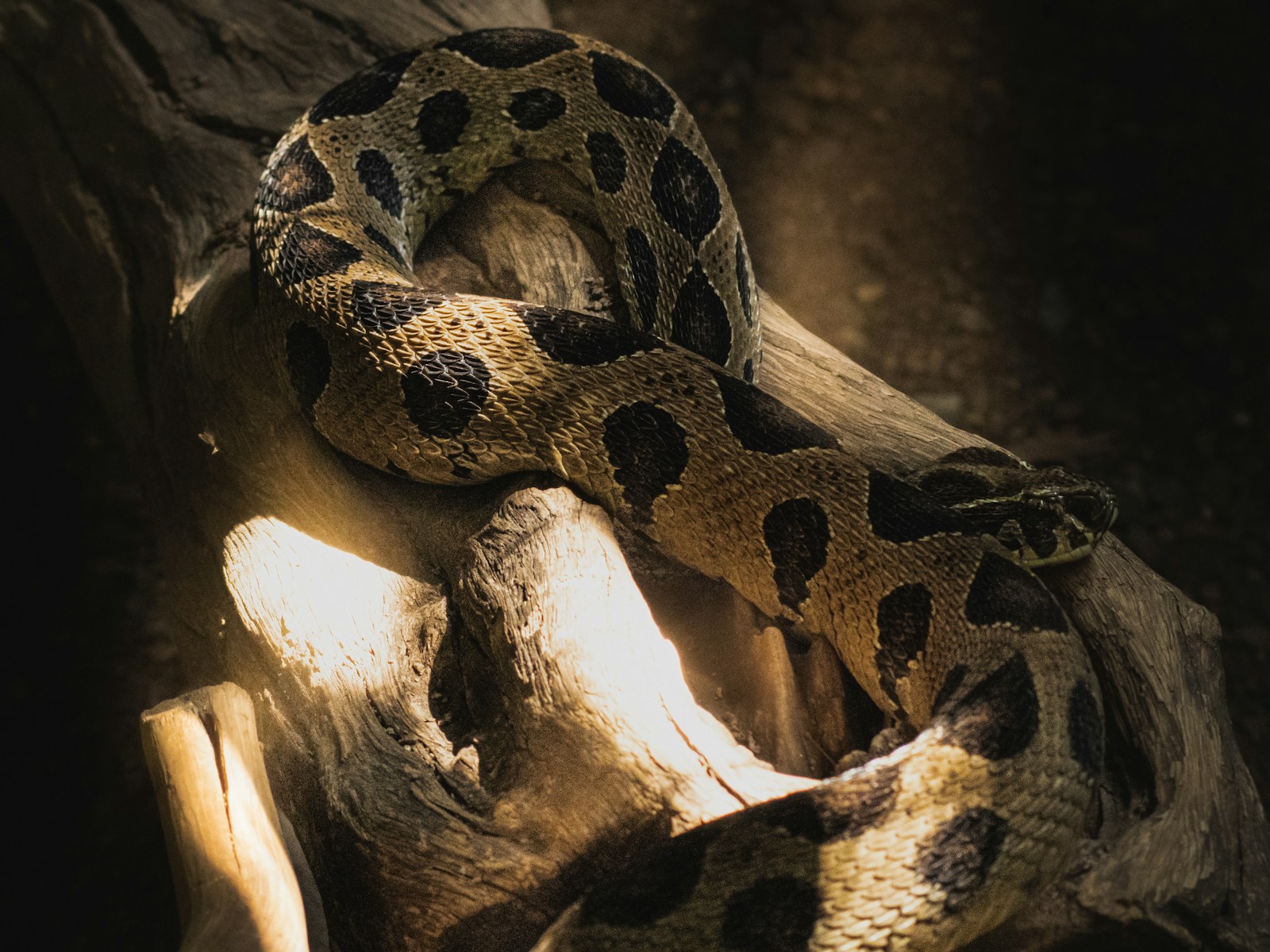
The preference for temperature over size as a prey selection criterion makes ecological sense when considering the environments many snakes inhabit. In dense underbrush, forest floors, or during nighttime hours, accurately judging the size of potential prey becomes exceedingly difficult, while thermal signatures remain distinct regardless of lighting conditions. Temperature detection also provides valuable information about prey type—mammals and birds maintain higher body temperatures than reptiles or amphibians, potentially signaling higher caloric value to the hunting snake. Additionally, healthy prey typically exhibits a stronger, more consistent thermal signature than sick or deceased animals, helping snakes avoid wasting energy on suboptimal food sources. For species like rattlesnakes that deliver venom and then track bitten prey, following a heat signature proves far more reliable than attempting to follow visual cues in complex terrain.
Laboratory Evidence: Studies Confirming Temperature Preference

Controlled laboratory studies have provided compelling evidence that certain snake species prioritize thermal cues over visual size when selecting prey. In experiments where rattlesnakes were presented with artificial targets of varying sizes and temperatures, the snakes consistently struck at warmer targets regardless of their visual dimensions. Researchers at the University of California conducted studies where pythons were given choices between large cool objects and small warm objects, with the snakes repeatedly selecting the smaller but warmer options. Thermal imaging cameras used during these experiments revealed how snakes focus their attention on heat sources even when multiple potential targets are available. These scientific findings have revolutionized our understanding of predatory behavior in these reptiles, demonstrating that for many species, the deciding factor in prey selection isn’t “how big” but rather “how warm.”
The Python’s Perspective: How Constrictors Use Temperature
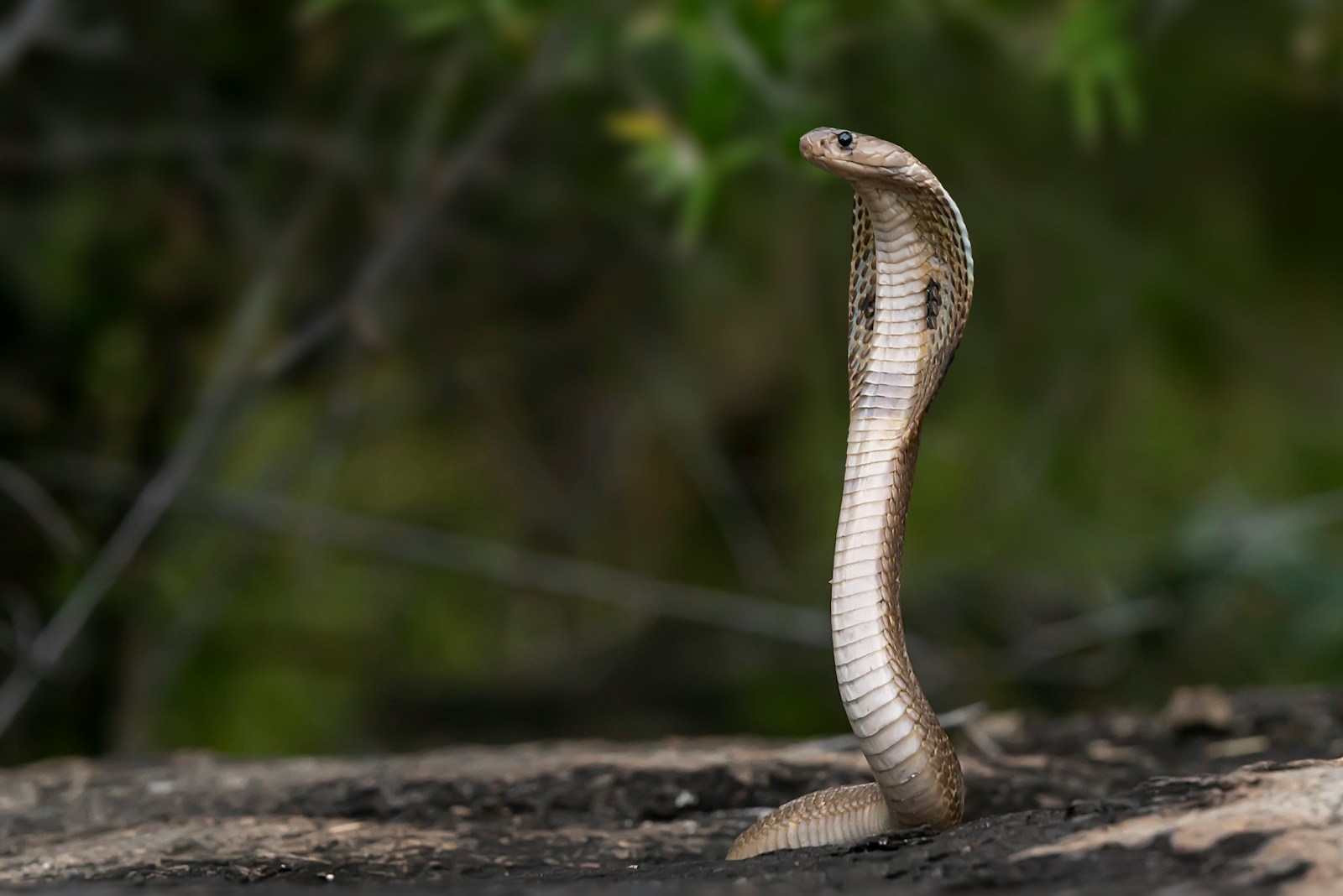
Unlike pit vipers with their specialized facial pits, pythons and boas possess more distributed thermal receptors embedded in scales around their lips. These labial pits, while less concentrated than the facial pits of vipers, nevertheless provide these constrictors with remarkable thermal sensitivity. Pythons use this thermal information to guide their initial strike, typically aiming for the warmest part of their prey—usually the head or thoracic region containing vital organs. After capturing prey through constriction, the python continues to monitor the victim’s body temperature, as the cessation of heartbeat creates a detectable cooling effect that signals when it’s safe to begin swallowing. This temperature-based hunting approach proves particularly valuable for large constrictors that may hunt in dense rainforest environments where visual assessment of prey size would be challenging due to vegetation and low light conditions.
Thermal Hunting in Different Habitats

Temperature-based prey selection varies significantly across different snake species depending on their native habitats and ecological niches. Desert-dwelling sidewinders contend with substantially different thermal landscapes than rainforest-dwelling fer-de-lance vipers, requiring specialized adaptations for their respective environments. In hot desert environments, snakes must distinguish the modest heat signature of small rodents against an already warm background, relying on detecting temperature differences rather than absolute heat levels. Conversely, in cooler forest environments, warm-blooded prey stands out more dramatically against the cooler background, making detection potentially easier. Some semi-aquatic snakes like water moccasins can even detect the thermal signatures of warm-blooded prey moving on the water’s surface, demonstrating how this hunting strategy has been adapted for diverse ecological conditions.
The Limitations of Thermal Hunting

Despite its advantages, temperature-based prey selection does come with significant limitations that have shaped how and when snakes employ this strategy. Thermal hunting proves most effective against endotherms—mammals and birds that generate their own body heat—while providing little advantage when hunting ectothermic prey like frogs or lizards that match the ambient temperature. Environmental conditions can also interfere with thermal detection, such as when ambient temperatures approach the body temperature of potential prey, reducing the thermal contrast that snakes rely upon. Heavy rain can temporarily diminish the effectiveness of thermal sensing as water cools external surfaces of prey animals. These limitations partly explain why many thermal-sensing snake species have retained excellent vision and chemical sensing abilities, allowing them to switch between hunting modalities depending on conditions and prey type.
Thermal Hunting and Defensive Strategies

The thermal hunting capabilities of snakes have sparked evolutionary arms races, with prey species developing countermeasures against heat detection. Some rodents have evolved behaviors to minimize their heat signature, including pressing their bodies against the ground to reduce exposed surface area or seeking microhabitats where their thermal signature blends with the background. Certain small mammals have developed remarkable “heat dumping” behaviors, dilating blood vessels in their tails to release excess body heat away from their vital organs, potentially confusing the thermal targeting systems of hunting snakes. Desert rodents often remain in their burrows during cooler night hours when their warm bodies would stand out most dramatically against the cool desert landscape. These adaptations reflect the significant selective pressure that thermal-hunting snakes have placed on their prey species over evolutionary time.
The Neuroscience Behind Temperature-Based Decisions
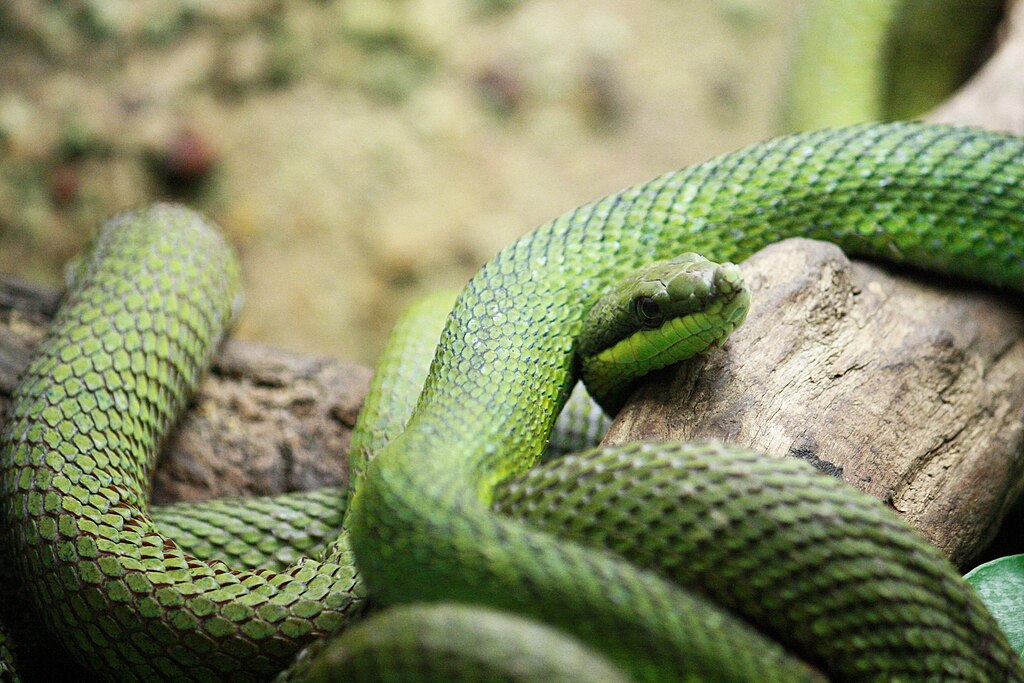
Recent neuroscience research has revealed fascinating details about how snakes process thermal information to make hunting decisions. Studies using functional brain imaging have shown that thermal information from pit organs is processed in dedicated regions of the snake’s brain that integrate this data with input from other senses. The optic tectum—a region responsible for visual processing in most vertebrates—has been adapted in pit vipers to create a kind of thermal map superimposed on visual information. Neurobiologists have discovered specialized neurons that fire specifically in response to moving heat sources, helping snakes distinguish between stationary warm objects and potential prey. This neural architecture demonstrates that temperature-based hunting isn’t simply an alternative to visual size assessment but represents a fundamentally different way of perceiving and interpreting the environment.
Temperature Preference in Juvenile Versus Adult Snakes

Fascinating differences exist in how juvenile and adult snakes utilize thermal information when selecting prey. Young snakes, particularly in species that undergo ontogenetic shifts in diet, often show heightened sensitivity to thermal cues compared to their adult counterparts. This enhanced thermal sensitivity helps compensate for their less developed hunting skills and smaller size, allowing juvenile snakes to target appropriately sized prey despite limited experience. Studies of juvenile rattlesnakes have demonstrated they often exhibit more enthusiastic responses to small warm targets than larger cool ones, reflecting their natural diet of small mammals like mice. As snakes mature and grow capable of handling larger prey, many species develop more nuanced hunting strategies that incorporate visual and chemical cues alongside thermal information, though the preference for warm-bodied prey typically remains strong throughout their lives.
Implications for Snake Conservation and Management
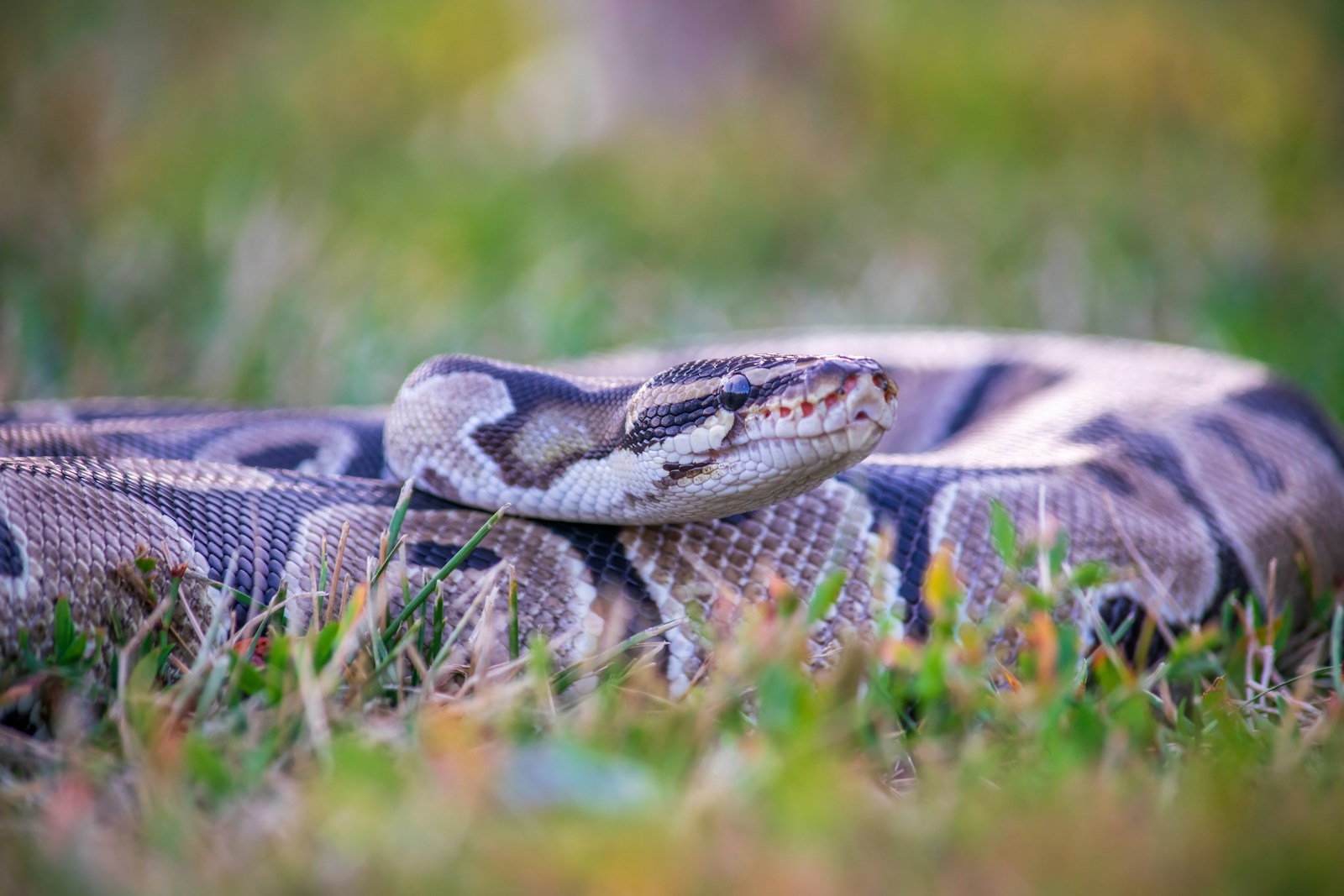
Understanding temperature-based prey selection has significant implications for snake conservation and management efforts worldwide. Wildlife managers can use knowledge of thermal hunting behavior to develop more effective strategies for protecting endangered snake species by ensuring appropriate prey with suitable thermal profiles remains available in protected habitats. This research also informs the development of more humane and effective snake deterrents for human-populated areas, potentially using thermal masking or confusion techniques rather than harmful chemicals or physical barriers. For captive breeding programs, especially those focused on endangered vipers or pythons, providing thermal enrichment that mimics natural prey encounters can significantly improve feeding success and overall welfare. Conservation scientists are increasingly incorporating thermal ecology into habitat assessment for endangered snake species, recognizing that suitable thermal landscapes are as important as physical structures in supporting healthy snake populations.
Conclusion

The remarkable ability of certain snake species to select prey based on temperature rather than size represents one of nature’s most sophisticated hunting adaptations. This specialized approach to predation has allowed these reptiles to exploit ecological niches unavailable to visual hunters, particularly in low-light environments or dense vegetation where sight-based hunting would prove challenging. From the exquisitely sensitive pit organs of vipers to the distributed labial pits of pythons, these thermal detection systems demonstrate how evolution has crafted multiple solutions to the challenge of finding prey when visual information is limited. As scientists continue to study these fascinating predators, our understanding of temperature-based hunting continues to deepen, revealing not just how snakes perceive their world, but providing insights into sensory processing that extend far beyond herpetology. In the eternal evolutionary chess match between predator and prey, the snake’s ability to hunt by heat signature remains one of nature’s most elegant adaptations.





